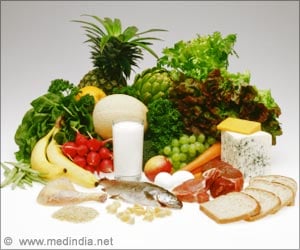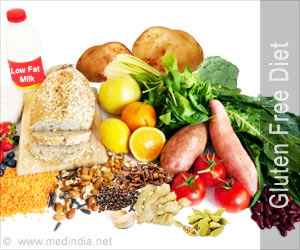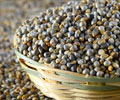The new test uses gel-permeation high-performance liquid chromatography to detect both gliadins and glutenins in purified wheat starch.

‘The new method identified higher amounts of gluten in 19 out of 26 starch samples than the enzyme-linked immunosorbent assay (ELISA) analyses did.
’





Gluten is a mixture of proteins in the starch of wheat, rye and barley grains that can be broken down into two subgroups: prolamins (wheat gliadins) and glutelins (wheat glutenins). When people with celiac disease, wheat allergies or gluten sensitivity consume these proteins, they can experience a range of symptoms from diarrhea and vomiting to fatigue and migraines. Current testing for gluten in foods involves running an enzyme-linked immunosorbent assay, or ELISA. Although the method determines gliadin levels accurately, its measurements of glutenins are less reliable. Katharina Anne Scherf and colleagues wanted to find a more comprehensive approach.
The researchers combined gel-permeation high-performance liquid chromatography with fluorescence detection to develop a sensitive technique that can detect both gliadins and glutenins in purified wheat starch. The new method identified higher amounts of gluten in 19 out of 26 starch samples than the ELISA analyses did. And, according to the new test, 12 samples that had been labeled gluten-free contained between 25.6 and 69 milligrams of gluten per kilogram of starch.
The U.S. Food and Drug Administration and the United Nations' Food and Agriculture Organization have set the maximum limit for gluten in products labeled gluten-free at 20 mg/kg.
The study is published in ACS' Journal of Agricultural and Food Chemistry.
Advertisement













